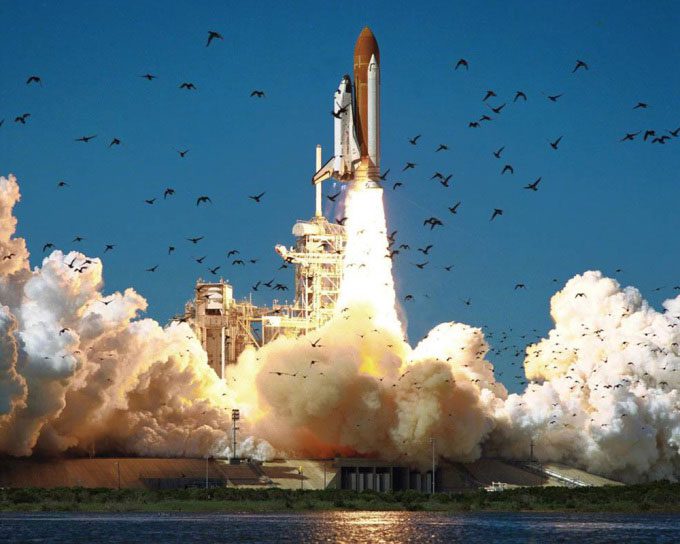5 Space Missions That Ended in Tragedy, Including Three by NASA and Two by the Soviet Union.
According to Nigel Packham, Deputy Director of Mission Assurance and Safety at NASA, 21 people have lost their lives during space missions, as reported by Live Science on June 12.

Space Shuttle Challenger launching from NASA’s Kennedy Space Center, Florida, on January 28, 1986. (Photo: NASA)
“Accidents are often a combination of unusual circumstances, equipment failure, human error, political issues, and management decisions,” said Jim Hermanson, an aerospace and astronautics professor at the University of Washington.
The two deadliest disasters were NASA’s shuttle missions. In January 1986, the Challenger exploded 73 seconds after launch, killing all seven crew members, including Christa McAuliffe, a teacher from New Hampshire who was part of NASA’s Teacher in Space Program. The disaster was attributed to unusually cold temperatures at Cape Canaveral, which caused some of the sealing materials used in the rocket to lose their flexibility.
“Hot gases leaked out, igniting the fuel tank and causing a massive explosion,” Hermanson noted. He added that the management team also shared some blame for proceeding with the launch despite warnings from several NASA engineers.
Another deadly incident occurred in February 2003, when the Columbia shuttle disintegrated during re-entry, killing all seven crew members. Prior to the Columbia disaster, the re-entry phases (descent and landing) were considered “gentle“, especially in comparison to the extremely violent launch conditions, Packham stated.
According to Packham, who participated in the investigation of the accident, Columbia was damaged during launch when a piece of insulating foam broke off—something that had occurred in nearly every launch before and after Columbia. However, in this case, the foam struck the shuttle’s wing, causing damage. The damaged wing could not withstand the high temperatures during re-entry, leading to the shuttle’s disintegration.
Apollo 1, although it never left the ground, also made the list of fatal space accidents. A pre-launch test ignited a fire inside the spacecraft, killing three crew members.
In 1967, Soyuz 1 from the Soviet Union crashed to Earth when its parachute system failed, resulting in the death of the astronaut on board. According to Packham, part of the cause was related to politics, as this was the beginning of the space race, and the launch was scheduled to coincide with a political event despite decision-makers knowing the spacecraft was not ready. He added that the mission control team realized there would be problems with the parachute system as soon as the craft entered orbit.

Soviet astronauts Georgy Dobrovolsky (center), Viktor Patsayev (left), and Vladislav Volkov (right) inside the Soyuz 11 spacecraft in 1971. (Photo: Hulton-Deutsch Collection/CORBIS/Corbis).
The last three astronauts on the list died in a depressurization accident in 1971. This was the only accident that actually occurred outside the Earth’s atmosphere. Overall, ascent and descent are the most dangerous phases of space travel, according to Hermanson. At that time, the trio of astronauts had just spent over three weeks aboard the first space station established by the Soviet Union. But as they returned to Earth, the spacecraft experienced a depressurization, and they did not have space suits for protection.
Today, approximately 650 people have traveled to space, and that number is expected to rise due to the increasing number of commercial flights, Packham noted. “You can never completely eliminate risk. It’s an essential part of reaching space,” he said.
However, experts also need to understand the associated risks. Therefore, Packham and his colleagues are gathering data and looking for better ways to accurately calculate the risks that astronauts face. “We have to inform them about their chances of returning,” he stated.


















































